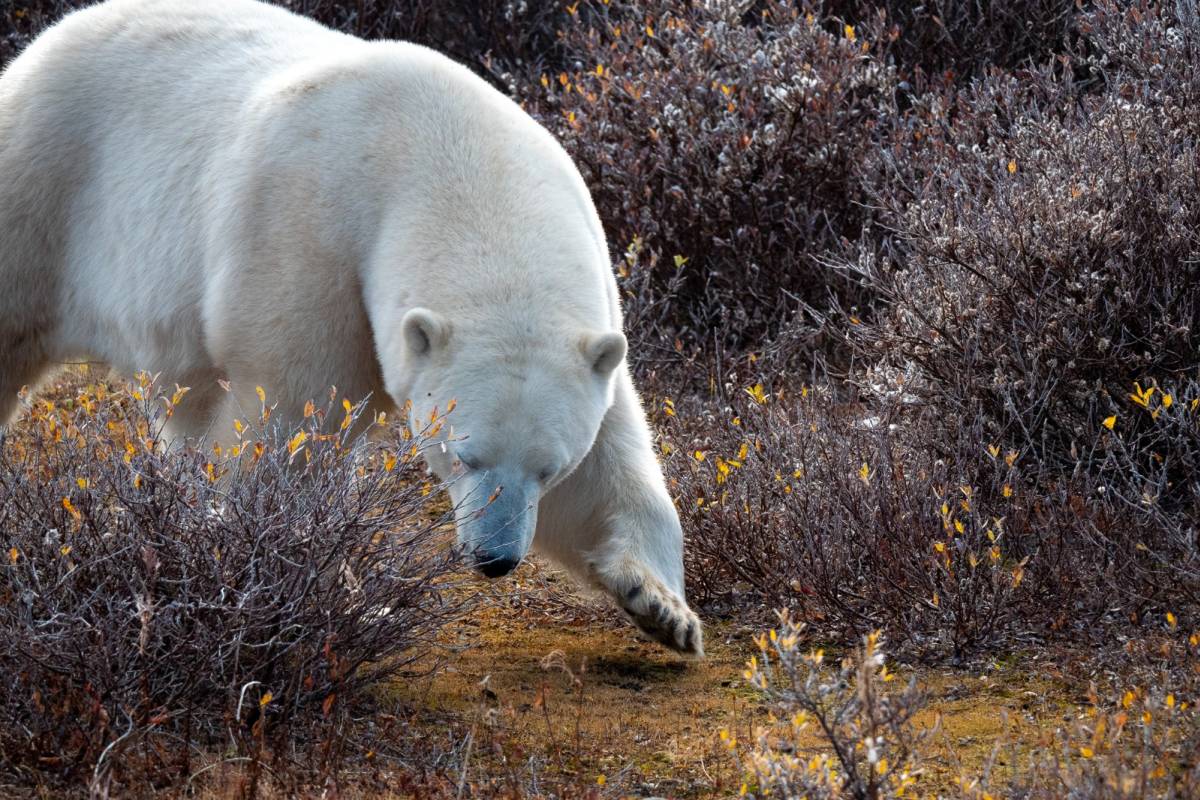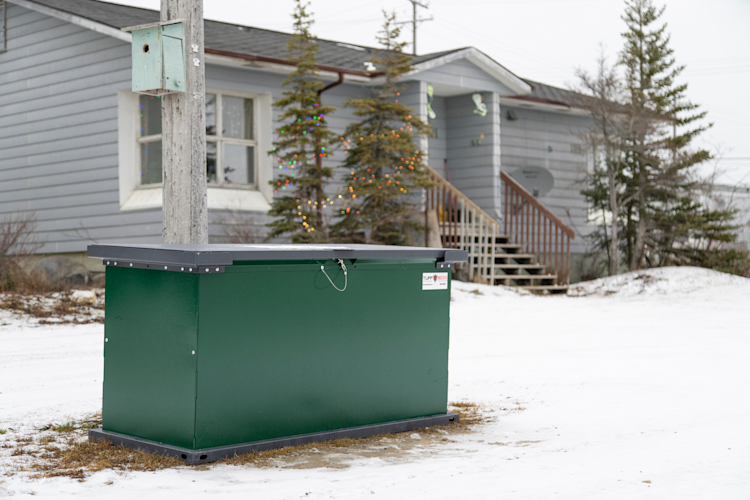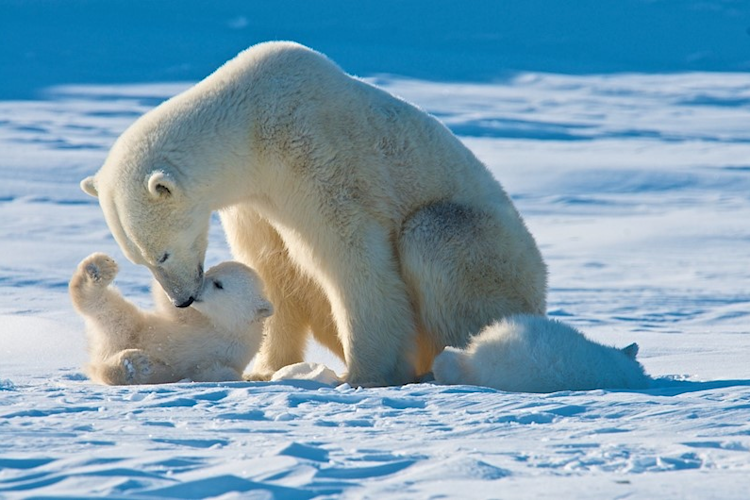This Week in Churchill
As we head into our second week of polar bear season, the frosty tundra is softening under a new spell of rain. Most of the bears have remained hunkered in the willows, with a few rolling out into the open to scratch and stretch along the shores of Hudson Bay. Willow ptarmigan pepper the landscape—their feathers nearly fully transitioned from tawny brown to their bright white winter form.



















